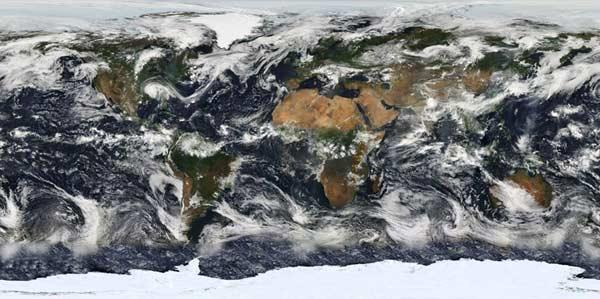
Radio Waves Map Ocean Currents

A network of antennas along the West Coast is sending radio signals out to sea — not to ships, but into the ocean itself.
The radio waves sent out by the 78 transmitters in the network are reflected back by the ocean's waves, giving scientists a 24-hour-a-day map of coastal currents.
"The network allows scientists to measure ocean surface currents all the way from Washington state to Ensenada in Mexico," said project member Toby Garfield, a professor of geosciences at San Francisco State University.
The system works something like a police radar gun: Each antenna on shore sends out an FM radio signal that then hits the ocean and is reflected back to the antenna by the waves. The movement of the ocean waves alters the wavelength of the radio wave that is reflected, and that change in wavelength can be used to calculate which way that patch of water is moving.
The system can measure ocean currents out to about 90 miles from shore, helping scientists better understand how larger ocean currents interact with smaller, more local patterns.
Of particular interest is the California Current, the southerly flow of water from Canada to Mexico that is responsible for California's fog, cold oceans and rich fisheries.
"The California Current is a general southerly flow but it's not constant," Garfield said in a statement. "It can reverse near the shore, and it has seasonal cycles. The network allows us to look at perturbations within these large currents and how those impact ecosystems, climate and humans."
Sign up for the Live Science daily newsletter now
Get the world’s most fascinating discoveries delivered straight to your inbox.
Closer to home, the system has monitored currents in San Francisco Bay, which has helped search-and- rescue missions and in tracking the path of oil from the COSCO Busan oil spill in 2007.
This story was provided by OurAmazingPlanet, a sister site to LiveScience.











